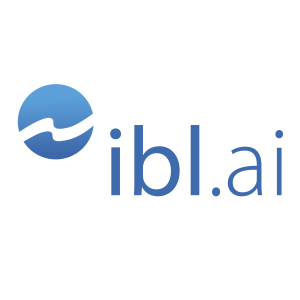
Sunday Jun 15, 2025
Vanderbilt University: The AI Labor Playbook – How to Build, Lead, and Scale Generative AI and AI Agents in Your Organization
Summary of https://www.gaiin.org/the-ai-labor-playbook
Advocates a fundamental shift in how organizations view and utilize generative AI, proposing it be treated as a new form of labor rather than simply a tool.
The author argues that success hinges on a conceptual change: recognizing AI as a workforce to be led and scaled, emphasizing the importance of strategic labor planning over mere technology procurement.
A core concept introduced is the "labor-to-token exchange," where prompts represent tasks delegated to AI and tokens are the units of work and cost. The paper stresses the need to train all employees to effectively lead AI labor through natural language chat interfaces, which are presented as the primary marketplace for this new workforce.
Finally, it highlights that organizational architecture and strategy should prioritize modular, open systems to ensure access to the best AI labor at competitive costs, ultimately aiming to amplify human capability and drive innovation rather than focusing solely on cost reduction.
- AI is labor, not software. Organizations should shift from thinking about AI as a tool or product to procure, and instead treat it as a workforce or labor to be led, developed, and scaled. Prompts are tasks assigned to this AI labor market, and AI models are programmable workers that require oversight, guidance, and leadership.
- Labor-to-token exchanges are fundamental. These exchanges convert traditionally human tasks into interactions with generative AI systems, measured and priced in tokens. This transforms labor into a fluid, scalable, and programmable form, enabling tasks previously not possible for computers, especially cognitive ones, to be delegated through natural language. The cost of an exchange is measured by the input and output tokens.
- AI labor amplifies human potential, rather than replacing it. The primary strategic shift is recognizing that this transformation is about doing more, doing new things, and unlocking latent capacity for innovation, not just cutting costs or headcount. Humans remain essential as orchestrators, supervisors, and integrators of AI labor, providing the creativity, ethical reasoning, and context that AI cannot replicate. The goal is to empower humans to amplify their thinking and enhance the enjoyment of their work.
- Effective deployment requires strategic architectural and cultural changes. A major barrier is that directing AI labor is a new skill requiring training in communication, problem-solving, and system design. Organizations must avoid vendor lock-in and siloed AI within tools; instead, they should build open, modular systems, decoupling the AI labor interface (enterprise chat), the reasoning engine, the system integration (APIs), and the supervisory layer. Enterprise chat emerges as a crucial interface for accessing and assigning tasks to AI labor using natural language.
- AI labor strategy must focus on empowering the workforce. The greatest returns come from distributing AI widely and training everyone to lead it effectively. Success requires overcoming fear and misunderstanding, creating champions, building learning into daily work, normalizing exploration, and emphasizing conversation and persistence. Teaching how to collaborate with AI labor, including prompt engineering and problem decomposition, is the new digital literacy essential for unlocking scale, creativity, and agility.
No comments yet. Be the first to say something!